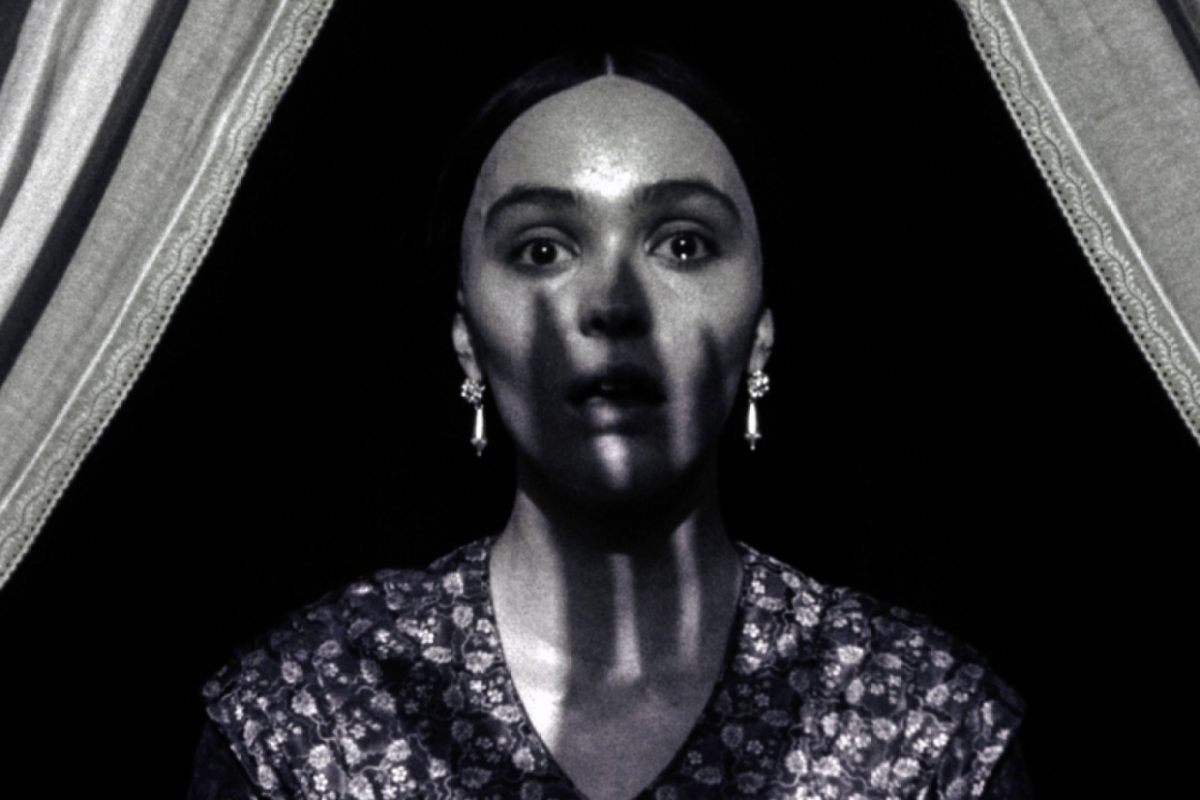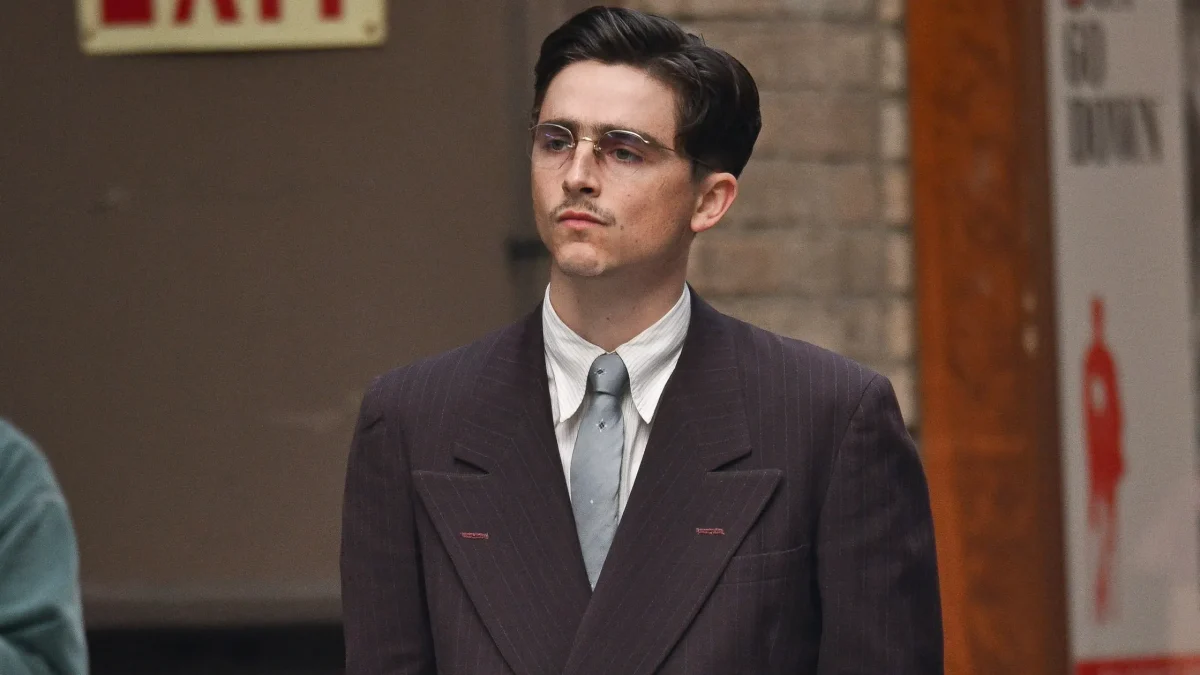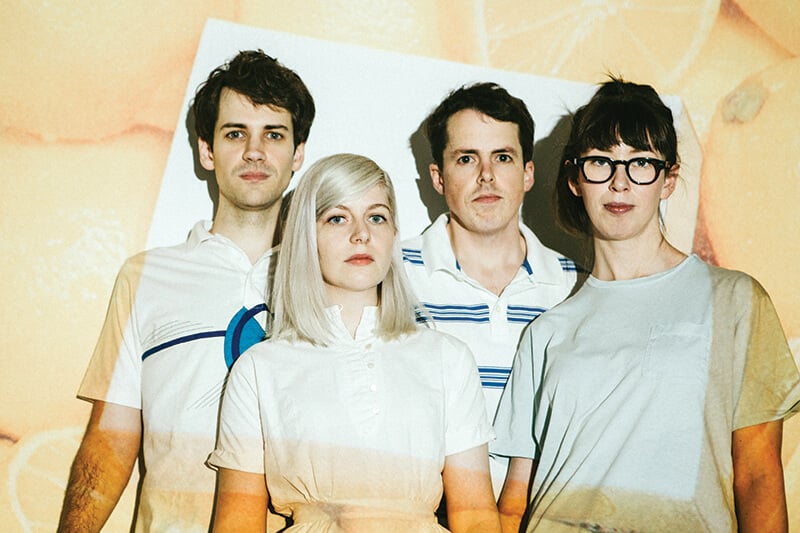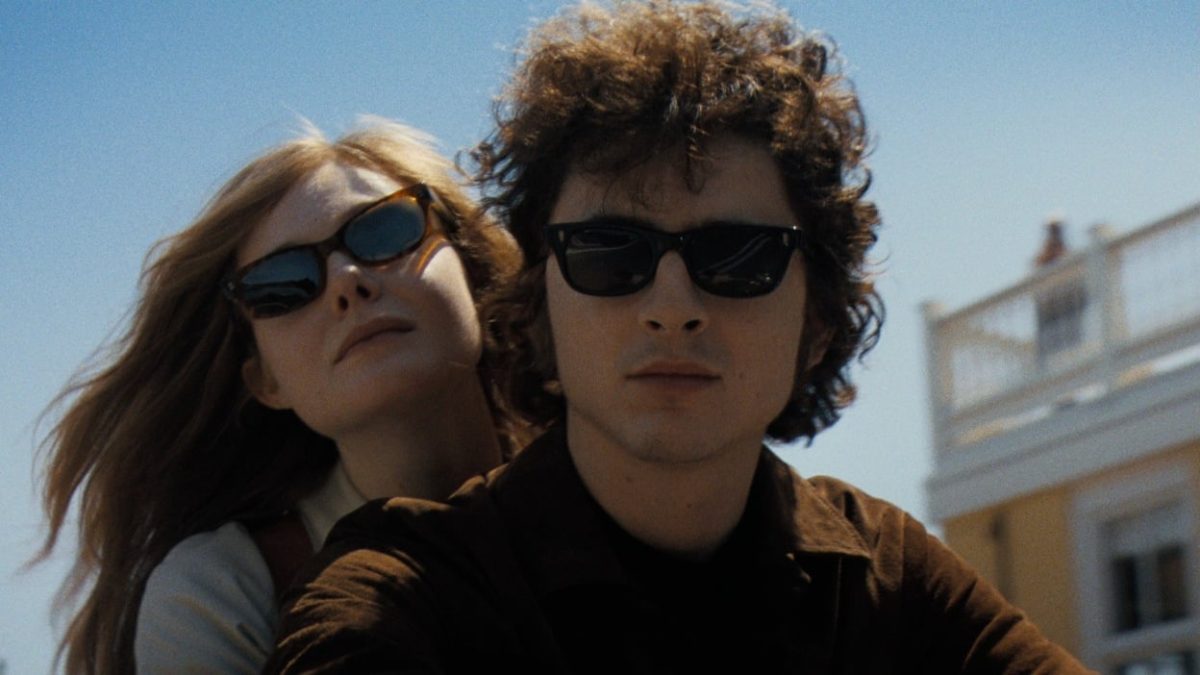The much-anticipated sequel to the album Mullets Rock!, Mullets Rock! Too! is now available (Sony Legacy Recordings). The album contains 18 songs that exemplify the “business in the front, party in the back” lifestyle and is the follow-up not only to 2003’s Mullets Rock!, but also the soundtrack to the 2001 film Joe Dirt, and it contains tracks dating from as far back as 1972 up to 1988.
This album shows the softer side of the mullet, which is made obvious by the theme of the album Mullets in Love. Mullets Rock! Too! is divided into two sides, the first nine tracks being dubbed “Psyched”; the latter nine are called “Bummed.”
The “Psyched” side has such hits as “Burnin’ For You” by the Blue Oyster Cult, “More Than A Feeling” by Boston and, of course, “Wang Dang Sweet Poontang” by rocker Ted Nugent. (For those not well versed in the mullet way of life, “Wang Dang Sweet Poontang” is just another way to say “I love you.”)
Conversely, the “Bummed” side includes such anthems as “Love Hurts” by Nazareth, “Tuesday’s Gone” by Lynyrd Skynyrd and “Total Eclipse Of The Heart” by Bonnie Tyler, the most heartbreaking song of all.
Overall, the album has a great mix of songs and is a must-own for any fan of classic rock, especially Southern. Even if you don’t know the songs by name, it is a near guarantee that you’ve heard them at one time or another. (“Tuesday’s Gone” for example, is the song during the opening and closing of the classic Happy Gilmore.) This is the type of album that makes you want to grow a mullet, get a badass tattoo and find a white trash queen to settle down with.
A mullet is any haircut in which the back is noticeably longer than the hair on the top and sides. Other terms for the hairstyle include the 10-90, yep/nope, achy-breaky (in honor of mullet legend and country singer Billy Ray Cyrus), bi-level, beaver paddle, El-Camino, hockey head (as sported by such NHL greats as Jaromir Jagr), Kentucky waterfall, Missouri compromise, the sphinx, the duck and cover and Cape Fear, to name a few.
Mullets are rumored to have been around as far back as the 19th century, where fishermen wore their hair long in the back to keep warm, hence mullet, as there is a fish known by that name. Mullets were popular in the 1970s, when glam rockers like David Bowie and television moms such as Florence Henderson of The Brady Bunch sported the cut. The “Big ’80s” gave way to some even bigger mullets, with many rockers and celebrities sporting a more bouffant version of the cut.
In 1994, the Beastie Boys released the song “Mullet Head,” making fun of the hairstyle. Many believe that the Beastie Boys were the first to spread the term into pop culture, but no one is sure exactly where the term came from. Not to be forgotten, the mullet has always stayed part of American culture, and the 2001 comedy Joe Dirt, starring David Spade as the title character, reminded everyone that the “hair-don’t” still existed.
Mullets are often associated with Southern states and the trailer park culture, although the “mullet capital of America” is Pittsburgh. Many of the city’s residents take pride in it, while others feel it is an unfair stereotype. The city’s obsession with the haircut was exemplified when, in 1999, then Pittsburgh Penguins star had his hair cut mullet style, and it made the local news.
There are many variations of the mullet, including the “skullet” (sported by Hulk Hogan), the “frullet,” or front mullet (as seen on many emo rockers) and the tropical mullet, which combines a rasta cut with a mullet.
Whether it be famous baseball player Randy Johnson, singer/songwriter Bono or that guy who never cards you at the local gas station, one thing is for sure: for better or worse, the mullet is here to stay.









